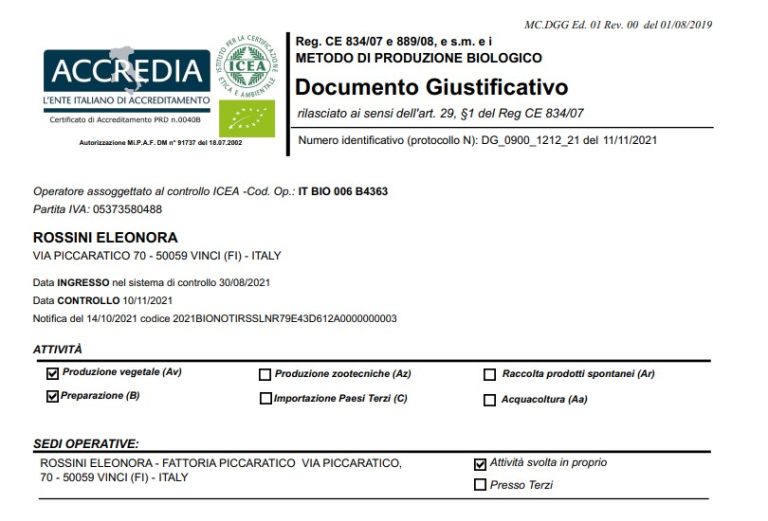Fattoria Piccaratico
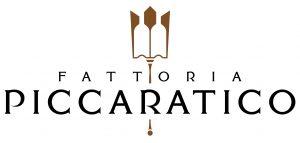
Since I was a child, I have learnt the world of the wine and olive oil. Walking through the vineyards with my grandfather and with my father and listening to their stories and experiencies, I had fallen in love with the world of the wine.
I’m lucky to have inherited a land that since forever has got excellent wines, and my only goal and task is to carry on the love that my grandfather Raffaello and my father Riccardo passed down to me.
With this in my mind, in 2004, I took over the family farm beginning a process of technological renewal always keeping an eye on the respect of family tradition.
I renewed the vineyards favoring indigenous plant varieties and in 2010 I decided to build a new wine cellar provided with the best technologies (modern pump, stainless steel tank equipped with an apparatous of temperature control): all these technologies allow us to make the most of the grapes that we transform, always having an eye to the tradition and respect of our land.
The large investment in machinery, the passion in the work and the respect of the land, allow me to produce wines and extra virgin olive oil of great quality.
The farm is located in Vinci, an area well suited to winegrowing since the days of Leonardo da Vinci. The property covers about 10 hectars: 7,5 cultivated with vineyard and the other 2,5 hectars with olive trees.
In 2021 we obtained Organic Certification.
Wines
Gazza Ladra IGT Toscana Bianco Frizzante
The ancestral method is a winemaking technique that lies between the Charmat method and the classic method.
It consists of a light pressing of the grapes to extract the native yeasts, naturally present in the bunches followed by low temperature fermentation in stainless steel tanks. Fermentation is stopped when a sufficient sugar level is reached to resume it after bottling. The enzymes and yeasts present in the bottle ensure that the wine finishes fermenting in a totally natural way, creating a pleasant “petillant”. The wine is not disgorged, so it is therefore cloudy (so that it’s often called “col fondo” or sur lie) with rather pronounced olfactory hints of bread crust due to the presence of yeast in the bottle.
Wine service advice
It is recommended to serve it at a temperature of 6-8 ° C. Before uncorking the bottle, it can be swirled gently in order to bring the yeasts that tend to settle on the bottom in suspension: in this way all the glasses obtained will have the same turbidity. Don’t expect a crystalline white wine!

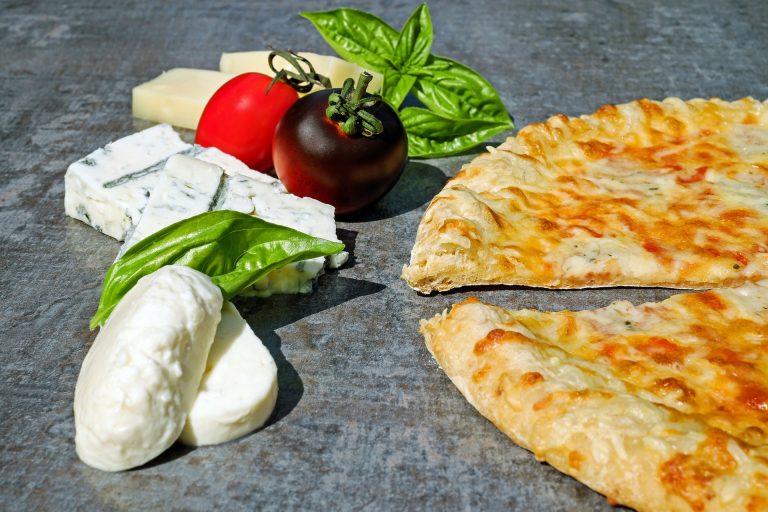
Food pairings
![]() Pizza
Pizza![]() Aperitifs
Aperitifs![]() Fresh cheeses
Fresh cheeses![]() Shellfish Plateau
Shellfish Plateau![]() Fried fish
Fried fish
Inganno Felice IGT Toscana Bianco
The Trebbiano, Malvasia and Viognier grapes are harvested by hand and vinified separately in stainless steel tanks at a controlled temperature (16 ° -17 ° C). The low temperature allows a slow and constant fermentation. At the end of the fermentation the wine remains on the noble lees for about 20-30 days: every day batonnage is performed (action of restoring the yeasts in suspension). This operation gives the wine greater body and an increase in the varietal aromas typical of the grapes used (in this case the hints of tropical fruits are typical of Viognier).
Wine service advice
It is recommended to serve it at a temperature of 6-8 ° C.

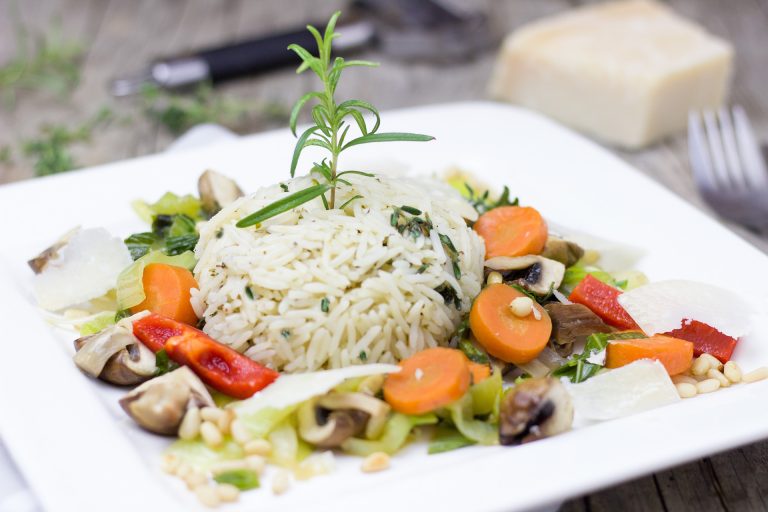
Food pairing
![]() Fish main courses
Fish main courses![]() Fresh cheeses
Fresh cheeses![]() Baked fish
Baked fish![]() Rice salad
Rice salad![]() Vegetable risotto
Vegetable risotto
Colle De’ Fossili Chianti DOCG
Sangiovese, Colorino, Canaiolo and Trebbiano grapes are harvested by hand and vinified separately by virtue of the different ripening times. Fermentation takes place in stainless steel tanks at a controlled temperature. This allows regular fermentation and maceration on the skins (only for red grapes) for 10-15 days. It is precisely the maceration on the skins that allows greater extraction of color and polyphenols. Subsequent aging in steel before bottling.
Wine service advice
It is recommended to serve it at temperature of 18°-20° C. During summer it is recommended a service temperature of 15°-16°C.
Tasting notes
Intense ruby red color, the nose has marked aromas of red fruits and violet. The taste is structured, fresh and balanced.

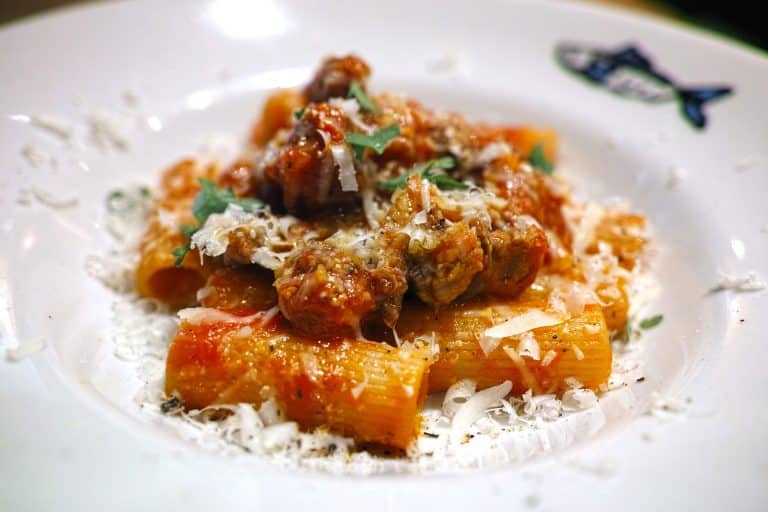
Food pairing
![]() Cold cuts
Cold cuts![]() Meat main courses
Meat main courses![]() Matured cheese
Matured cheese![]() Grilled meat
Grilled meat
Sassofratto Chianti Superiore DOCG
Sangiovese, Colorino, Canaiolo grapes are harvested by hand and vinified separately by virtue of the different maturation times. Fermentation takes place in stainless steel tanks at a controlled temperature. This allows regular fermentation and maceration on the skins for 10-15 days. It is precisely the maceration on the skins that allows greater extraction of color and polyphenols. A little part of Sangiovese (about 20%) makes a short passage in French barriques for about 4-5 months.
Wine service advice
It is recommended to serve it at temperature of 18°-20° C. During summer it is recommended a service temperature of 15°-16°C.
Tasting notes
Intense ruby red color, the nose has fresh and fruity aromas. The balance between softness and acidity is excellent.

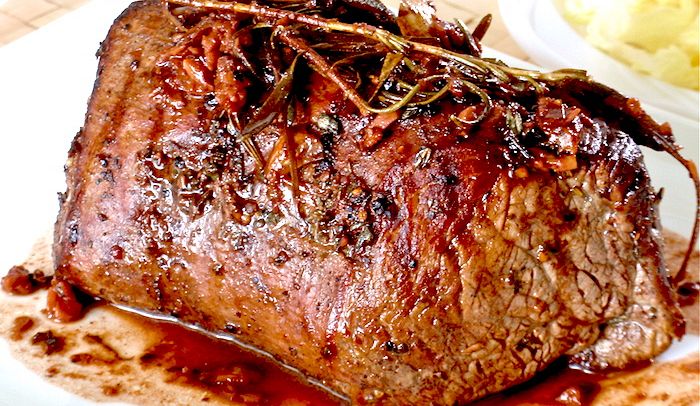
Food pairing
![]() Cold cuts
Cold cuts![]() Roasted red meat
Roasted red meat![]() Hotpot
Hotpot![]() Pot roast
Pot roast
Rinserrato IGT Toscana
Selected grapes of the Sangiovese, Colorino and Foglia Tonda vines are harvested manually in crates and left to ferment in stainless steel tanks at a controlled temperature (25-28 ° C).
After malolactic fermentation, the wine is left to age in French oak barriques for 12 months.
Wine service advice
It is recommended to open the bottle 1 hour before serving.it is recommended to serve it at temperature of 18°-20° C.
Tasting notes
Intense ruby red color, the wine has aromas of red fruits, spices (cinnamon and black pepper), tobacco, licorice, leather. In the mouth it is balanced, soft, excellent the persistence.

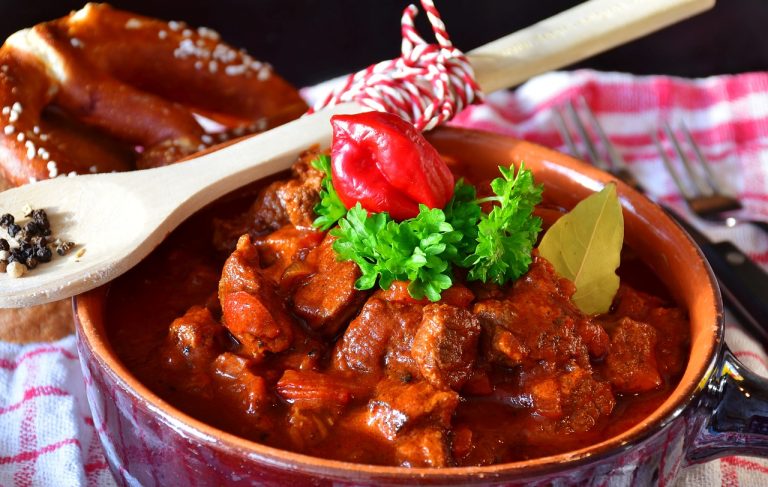
Food pairing
![]() Game
Game![]() Wild boar salami
Wild boar salami![]() Peposo
Peposo![]() Goulash
Goulash
Vinsanto
Semiramis Bianco Empolese DOC Vinsanto
Selected bunches of Trebbiano and Malvasia are left to dry on reeds of mats for 3 months in a well-ventilated environment. The bunches are pressed and the must obtained is left to age in chestnut barrel (50 or 100 liters), placed in the attic, for at least 7 years.
Tasting notes
Amber-yellow in color, it has very intense aromas of dried fruit (fig, date, apricot, almond) and jam (plum). The taste is very structured, elegant and perfectly balanced. Excellent persistence.

Wine vinegar
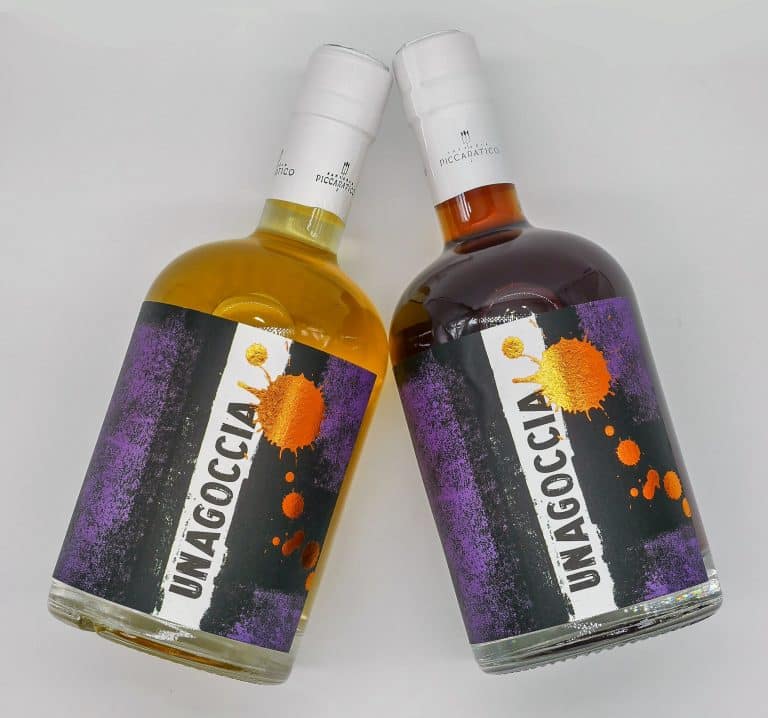
Unagoccia Wine vinegar
The grapes (Sangiovese for the red wine vinegar and Trebbiano for the white wine vinegar) are hand-picked, destemmed and placed in small vats to ferment. When Alcoholic fermentation finishes (after about 8 day), the acetic fermentation is triggered through the use of mother vinegar. This second fermentation occurs spontaneously and it takes about a year (all the alcohol transform into acetic acid). The vinegar is bottled without any filtration.
Unagoccia is strong to the taste, but the body and persistence make it a unique product for those who love real wine vinegar.
Rewards
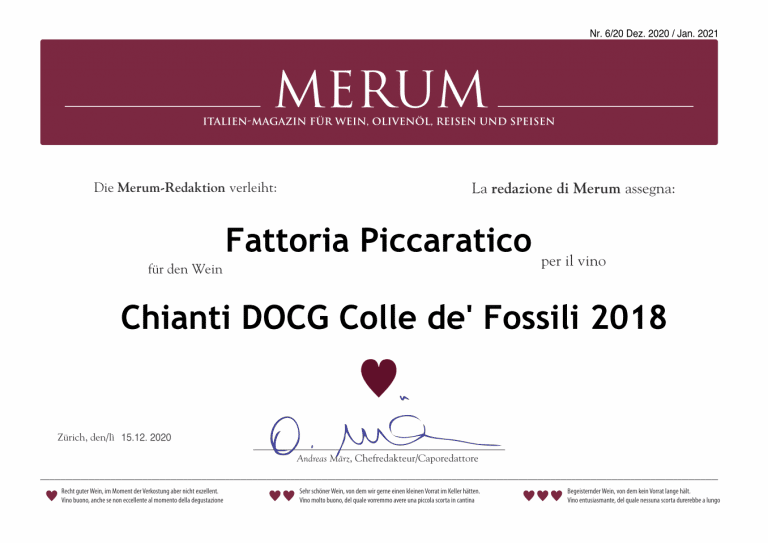
Merum Reward 2020 – Colle de’ Fossili 2018
